Another mini-split question: Brickeyee
veesubotee
11 years ago
Related Stories

EXTERIORSCurb Appeal Feeling a Little Off? Some Questions to Consider
Color, scale, proportion, trim ... 14 things to think about if your exterior is bugging you
Full Story
DECORATING GUIDES10 Ways to Hide That Air Conditioner
Feeling boxed in designing around your mini-split air conditioner? Try one of these clever disguises and distractions
Full Story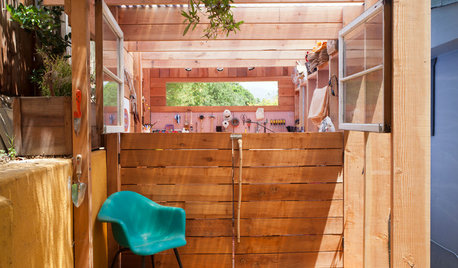
STUDIOS AND WORKSHOPSA Compact Shed Makes Room for Storage, Creativity and Style
With a tidy workspace, neatly hidden trash cans and even a mini patio, this inspired shed meets everything on a creative couple's wish list
Full Story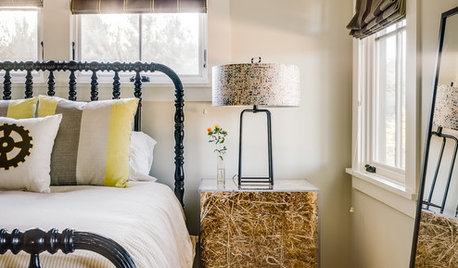
BEDROOMS15 Nightstands That Are Not Your Average Bedside Tables
Take another look at that unusual antique or flea market find. It could have a new life next to the bed
Full Story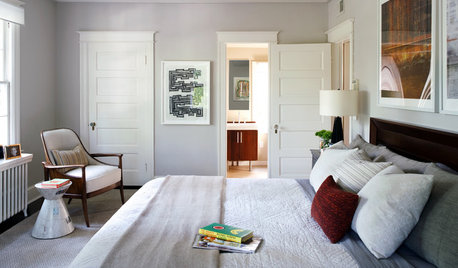
BEDROOMSHow to Choose the Perfect Bedsheets
Don't lose any shut-eye over scratchy or ill-fitting sheets; our mini guide to materials, thread count and fit will help you sleep tight
Full Story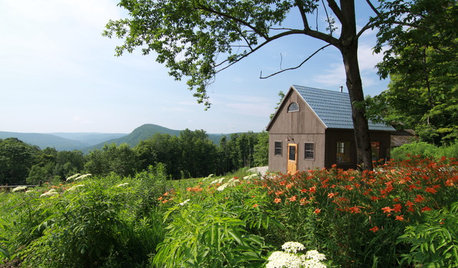
CABINSRoom of the Day: Timber-Frame Cabin Inspires Couple’s Creative Pursuits
This work studio, built in a simple vernacular architectural style, sits near a couple's rural home in the Berkshire mountains
Full Story
LIFEHave the Kids Left Home? 16 Things to Consider
‘An empty nest is not an empty heart’ and other wisdom for when the household changes
Full Story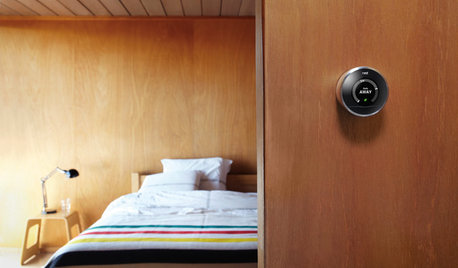
ACCESSORIESEveryday Home Must-Haves Beg for a Makeover
The Nest's much-improved take on the thermostat has us pondering reinventions of other necessities around the house
Full Story
MATERIALSWhat to Ask Before Choosing a Hardwood Floor
We give you the details on cost, installation, wood varieties and more to help you pick the right hardwood flooring
Full Story
HOUZZ TOURSMy Houzz: Making Room for 3 Generations
A Salt Lake City home creates privacy and independence for grandparents, parents, kids and dogs
Full Story





ionized_gw
brickeyee
Related Professionals
Downey Solar Energy Systems · Elizabeth Solar Energy Systems · Emeryville Solar Energy Systems · Fort Lee Solar Energy Systems · Pinellas Park Solar Energy Systems · Teaneck Solar Energy Systems · Mill Valley Solar Energy Systems · Western Springs Solar Energy Systems · Fairfield Home Automation & Home Media · Leesburg Home Automation & Home Media · San Pablo Home Automation & Home Media · South San Francisco Home Automation & Home Media · Weatherford Home Automation & Home Media · Sierra Madre Electricians · Concord Electriciansionized_gw
SaltiDawg
harlemhvacguy
ionized_gw
brickeyee
ionized_gw
CJ Mechanical of North jersey llc.
ionized_gw
kirkhall
brickeyee
ionized_gw
veesuboteeOriginal Author
brickeyee
ionized_gw